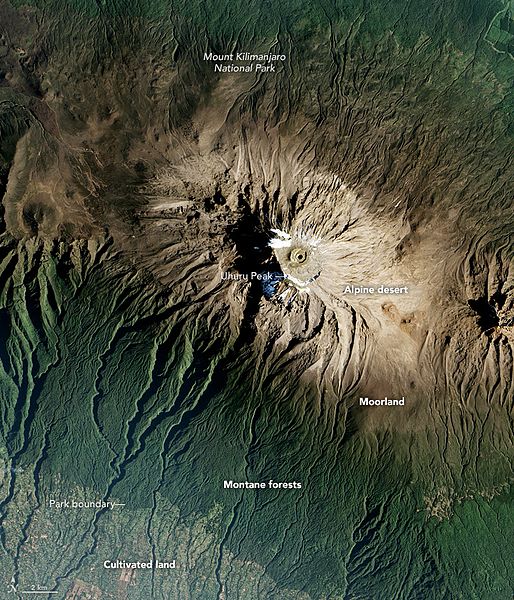Файл:Kilimanjaro from space 2016.jpg
Перейти до навігації
Перейти до пошуку

Розмір при попередньому перегляді: 514 × 600 пікселів. Інші роздільності: 206 × 240 пікселів | 411 × 480 пікселів | 720 × 840 пікселів.
Повна роздільність (720 × 840 пікселів, розмір файлу: 371 КБ, MIME-тип: image/jpeg)
Історія файлу
Клацніть на дату/час, щоб переглянути, як тоді виглядав файл.
| Дата/час | Мініатюра | Розмір об'єкта | Користувач | Коментар | |
|---|---|---|---|---|---|
| поточний | 03:18, 8 лютого 2017 |  | 720 × 840 (371 КБ) | Tillman | {{Information |Description ={{en|1=Stories about Mount Kilimanjaro often focus on its height and location. The mountain—the tallest in Africa—is capped with snow and ice, despite sitting at a tropical latitude close to the equator. This volcanic... |
Використання файлу
Така сторінка використовує цей файл:
Глобальне використання файлу
Цей файл використовують такі інші вікі:
- Використання в av.wikipedia.org
- Використання в ban.wikipedia.org
- Використання в bcl.wikipedia.org
- Використання в ca.wikipedia.org
- Використання в en.wikipedia.org
- Використання в id.wikipedia.org
- Використання в ja.wikipedia.org
- Використання в min.wikipedia.org
- Використання в sd.wikipedia.org
- Використання в sl.wikipedia.org
- Використання в sr.wikipedia.org


